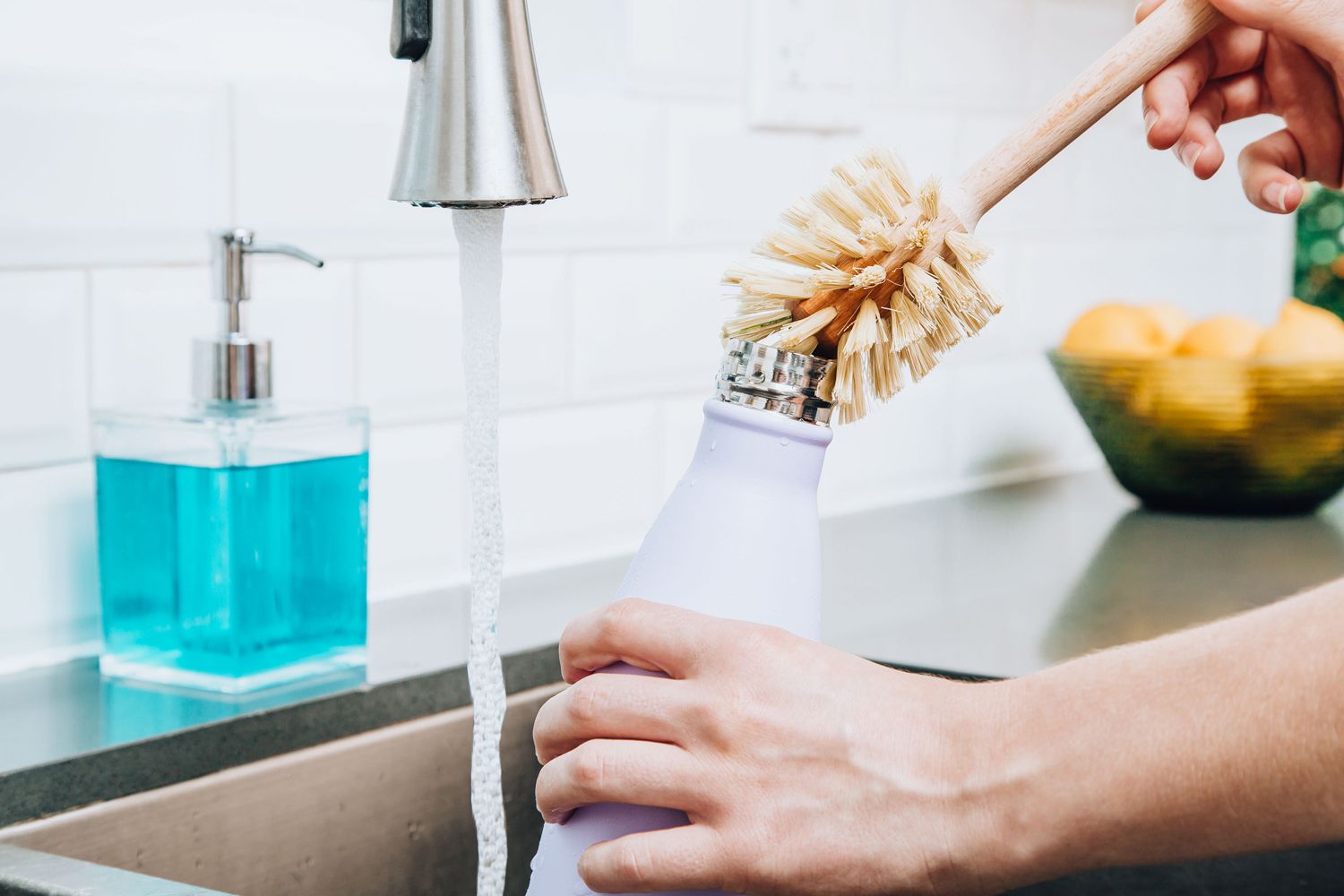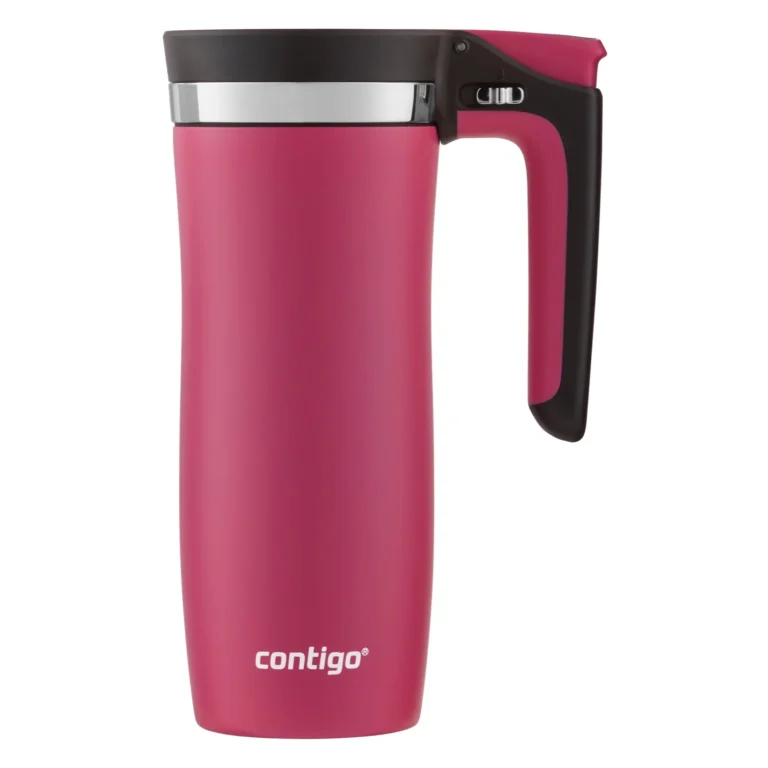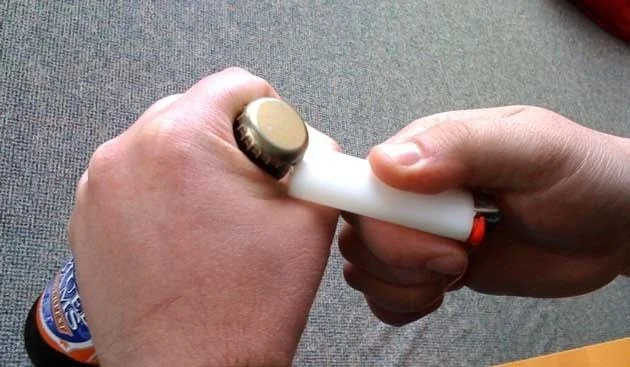As parents, we always want to provide the best for our babies. That’s why we carefully choose the products we use for them, especially their feeding items. But did you know that cleaning and sterilizing are crucial steps before using those bottles for the first time? These simple steps can prevent harmful germs from contaminating your baby’s milk and protect them from potential infections. In this blog post, we’ll discuss the proper ways of cleaning and sterilizing your baby’s feeding items before their first use, so you can ensure your little one gets the safest and cleanest feeding experience possible.
Importance of cleaning bottles before first use
As a parent, you want to do everything possible to ensure the health and safety of your baby, especially during their early stages of life. One of the most important things you can do is to properly clean your baby’s bottles and feeding equipment before the first use. Babies have delicate immune systems that may not be strong enough to fight off infections, which is why it’s crucial to reduce the risk of germs and bacteria contaminating their food. Cleaning bottles and equipment will ensure that they are safe and hygienic for your little one to use. There are several ways to clean bottles, such as boiling them in water, using a microwave steam sterilizer, or using a bleach solution in a sanitized wash basin. For even more peace of mind, use BPA-free bottles to avoid leaching of harmful chemicals. Remember to continue to clean and sanitize bottles after each use to prevent any contamination. It’s always best to consult with your healthcare provider for any specific recommendations, but overall, prioritizing safe and hygienic feeding practices for your baby is essential for their overall health and wellbeing.
Brief overview of different methods for cleaning
When it comes to cleaning baby bottles before first use, there are a few different methods to choose from. The most common options are boiling, using a microwave steam sterilizer, and soaking in a bleach solution. Boiling is a simple and inexpensive method that involves submerging all bottle parts in boiling water for five minutes. Microwave steam sterilizers use steam to kill germs and bacteria, and the process takes only a few minutes. To use a bleach solution, simply soak all parts of the bottle in a sanitized wash basin for two minutes. It’s important to note that when using bleach, you must follow the correct dilution instructions on the product label to avoid damaging the bottles or causing harm to your baby. Whichever method you choose, be sure to separate all parts of the bottle and scrub with hot water and dishwashing detergent before sterilizing. Remember, BPA-free bottles are essential to avoid leaching of harmful chemicals, and it’s crucial to continue to clean and sanitize bottles after each use. Always consult with your healthcare provider for any specific recommendations. Prioritize safe and hygienic feeding practices to ensure your baby’s health and well-being.
Reasons for cleaning before first use
Preventing contamination from germs and bacteria
When it comes to keeping our babies safe and healthy, preventing contamination from germs and bacteria is a top priority. It’s important to remember that even seemingly clean bottles and accessories can harbor harmful bacteria. That’s why we must take steps to ensure that all equipment is properly sanitized before each use. There are a few different methods for cleaning and sterilizing baby bottles, and no one method is necessarily better than the others. The important thing is to choose a method that works for you and your lifestyle and to stick with it consistently. Some popular options include boiling bottles and accessories in water, using a microwave steam sterilizer, or using a bleach solution in a sanitized wash basin. It’s also essential to use BPA-free bottles to avoid leaching of harmful chemicals into your baby’s milk. Remember, the goal is not just to clean and sanitize before first use but also to continue to clean bottles and accessories after each use to maintain a safe and hygienic feeding routine. If you have any questions or concerns about how to properly care for your baby’s bottles, be sure to consult with your healthcare provider for specific recommendations. By prioritizing safe and hygienic feeding practices, we can help ensure that our little ones stay happy and healthy.
Ensuring safe and hygienic feeding for baby
Ensuring safe and hygienic feeding practices for your baby is crucial in promoting their overall health and well-being. One of the most important steps in this process is thoroughly cleaning and sterilizing their feeding equipment before first use and after each subsequent use. Failure to do so can result in contamination from germs and bacteria, which can lead to foodborne illnesses and other health concerns for your baby. To achieve this, there are different methods you can use such as boiling water, microwave steam sterilizer, or a bleach solution. Additionally, it’s important to use BPA-free bottles to avoid leaching of harmful chemicals. It’s also recommended to consult with your healthcare provider for any specific cleaning and sterilization recommendations. Maintaining a clean and sanitized feeding environment for your baby not only protects them from harmful bacteria but also ensures their safety and promotes healthy development. Remember, safety should always come first when it comes to feeding your little one, so prioritize their health and well-being by making safe and hygienic feeding practices a priority.
Step-by-step guide to cleaning baby bottles before first use
Option 1: Submerge bottles and parts in boiling water for five minutes
If you’re looking for a simple and affordable way to sterilize your baby’s bottles before first use, the boiling method might be just what you need. All you need is a pot of clean boiling water, and you’re good to go. Once you’ve washed the bottles and parts with warm soapy water, simply submerge them in the water upside down, making sure there aren’t any air bubbles at the bottom. Boil everything for five minutes, or check the manufacturer guidelines for variations. After boiling, use tongs to remove the bottles from the water and lay them on a clean, dry dishcloth to air dry. It’s that easy! This method is safe for all types of bottles, including plastic ones, and it doesn’t cost a penny. Plus, you can reuse the pot for future sterilizations or thoroughly clean it before use. However, keep in mind that this method is only necessary before the first use and occasional sterilizations after that. Regular cleaning with warm soapy water and sanitizing after every use with a quick rinse or a dishwasher cycle is enough to keep your baby’s bottles clean and hygienic.
Option 2: Use a microwave steam sterilizer according to manufacturer instructions
One great option for cleaning bottles before first use is using a microwave steam sterilizer. This method is quick, easy, and effective at killing germs and bacteria. All you have to do is fill the sterilizer with the bottles and parts, add water according to the manufacturer’s instructions, and pop it in the microwave. The steam will do the rest. It’s important to make sure you follow the instructions closely to ensure the proper amount of sterilization. This option is particularly convenient for busy parents who may not have the time or energy to boil water on the stove or wash bottles by hand. Plus, it’s a great way to ensure your baby’s feeding items are clean and safe before first use. It’s essential to prioritize safe and hygienic feeding practices for your baby, and a microwave steam sterilizer can help you achieve that. Remember, always consult with your healthcare provider for any specific recommendations, and continue to clean and sanitize bottles after each use to avoid contamination from germs and bacteria.
Option 3: Use a bleach solution in a sanitized wash basin, submerging parts for two minutes
Option 3 for cleaning baby bottles before first use involves using a bleach solution. It’s imperative to first ensure that the wash basin used is clean and sanitized to avoid any bacteria contamination. Then, combine 2 teaspoons of unscented bleach with 1 gallon (16 cups) of water in the wash basin. Make sure to immerse all the bottle parts in the solution for at least two minutes, and then rinse all the parts thoroughly with clean water before allowing them to air dry. Using this method reduces the risk of bacteria and germ contamination that can pose a health risk to the baby. It’s important to note that this method should only be used when necessary, and it’s essential to follow the manufacturer’s instructions for the amount of bleach and soaking time recommended. As with any cleaning method, it’s essential to consult with healthcare providers for any specific recommendations that may be necessary to ensure that the feeding equipment is safe and hygienic for the little one.
Other considerations for cleaning baby bottles
Use BPA-free bottles to avoid leaching of harmful chemicals
When it comes to choosing bottles for your baby, opting for BPA-free bottles is a smart decision. Bisphenol A, or BPA, is a toxic chemical that may be found in some clear, hard plastic bottles. This chemical can seep into the milk or formula, causing potential harm to your little one. Research has linked BPA exposure to a variety of health problems, ranging from obesity and behavioral issues to certain types of cancer. By using BPA-free bottles, you can rest assured that you are providing your child with a safe feeding solution that is free of harmful chemicals. These bottles are made of materials that are free from BPA and other toxic chemicals, ensuring that your baby’s milk or formula remains pure and uncontaminated. So, when you’re out shopping for bottles for your little one, be sure to look for the BPA-free label. It’s a small step that can make a big difference in ensuring your baby’s health and safety.
Continue to clean and sanitize bottles after each use
It’s important to note that cleaning and sterilizing bottles before first use is just the beginning. To ensure safe and hygienic feeding for your baby, it’s crucial to continue cleaning and sanitizing bottles after every use. This means separating all the parts, washing them thoroughly with soap and hot water, and storing them in a clean, dry area. You can also use a dishwasher with hot water and a heated drying cycle or a sanitizing setting to clean the bottles and parts. Some parents prefer to use a sterilizer, which can be placed in the microwave or on the countertop. Always consult with your healthcare provider for any specific recommendations. Additionally, it’s important to avoid using abrasive scrubbers or harsh chemicals that could damage the bottles and increase the risk of contamination. Finally, don’t forget to prioritize safe feeding practices for your baby, including washing your hands before handling the bottles and ensuring that the milk or formula is stored properly. With proper cleaning and sanitizing techniques, you can give your baby the best possible start in life.
Consult with healthcare provider for any specific recommendations
Consulting with your healthcare provider is always a good idea when it comes to your baby’s feeding practices. They can offer specific recommendations based on your baby’s individual needs and health history. For instance, if your baby was born prematurely or has a weakened immune system due to an illness or medical treatment, your healthcare provider may recommend more frequent sterilization or a specific cleaning protocol. Additionally, if you have any concerns or questions about your baby’s feeding equipment or cleaning practices, don’t hesitate to bring it up with your healthcare provider. They can provide helpful insight and peace of mind. Keeping your baby safe and healthy is a top priority, and consulting with your healthcare provider is one way to ensure that you are taking the necessary steps to prevent contamination and ensure optimal hygiene. So, make sure to prioritize this step in your baby’s feeding routine.
Conclusion
Recap of importance of cleaning bottles before first use
To ensure the safety and health of your baby, it is essential to sterilize their bottles before using them for the first time. This helps prevent contamination from germs and bacteria that could potentially harm your little one. There are several different methods for cleaning, such as submerging bottles and parts in boiling water, using a microwave steam sterilizer, or using a bleach solution in a sanitized wash basin. It’s also important to use BPA-free bottles to avoid any harmful chemicals from leaching into your baby’s milk. After the initial sterilization, it is crucial to continue cleaning and sanitizing bottles after each use. You should clean all bottle parts and other feeding items using hot soapy water or by dishwashing. If your baby is less than two months old or has a weakened immune system, their bottle supplies should be sanitized at least once per day. Always consult with your healthcare provider for any specific recommendations. Clean feeding equipment and safe feeding practices can ensure that your baby stays healthy, happy and safe!
Encouragement to prioritize safe and hygienic feeding practices for baby
As a parent, it is essential to prioritize safe and hygienic feeding practices for your baby. This means taking care of their feeding equipment by regularly washing and sanitizing it. By doing so, you can prevent the growth of harmful bacteria and ensure that your little one is getting the best care possible. It’s important to remember that cleanliness is not only limited to bottles and nipples but also includes other feeding utensils, such as spoons, bowls, and even formula scoopers. Regularly clean these items after every feeding to minimize the risk of contamination and protect your baby’s health. Always follow the manufacturer’s instructions for cleaning and sterilizing various feeding equipment, and consult with your healthcare provider for any specific recommendations. Investing time and effort in maintaining proper hygiene and cleanliness for your baby’s feeding equipment goes a long way in keeping them healthy and happy. Therefore, make it a habit to prioritize safe and hygienic feeding practices to ensure that your baby’s feeding journey is as healthy and enjoyable as possible. Remember, the smallest changes can make a big difference in your baby’s life.




